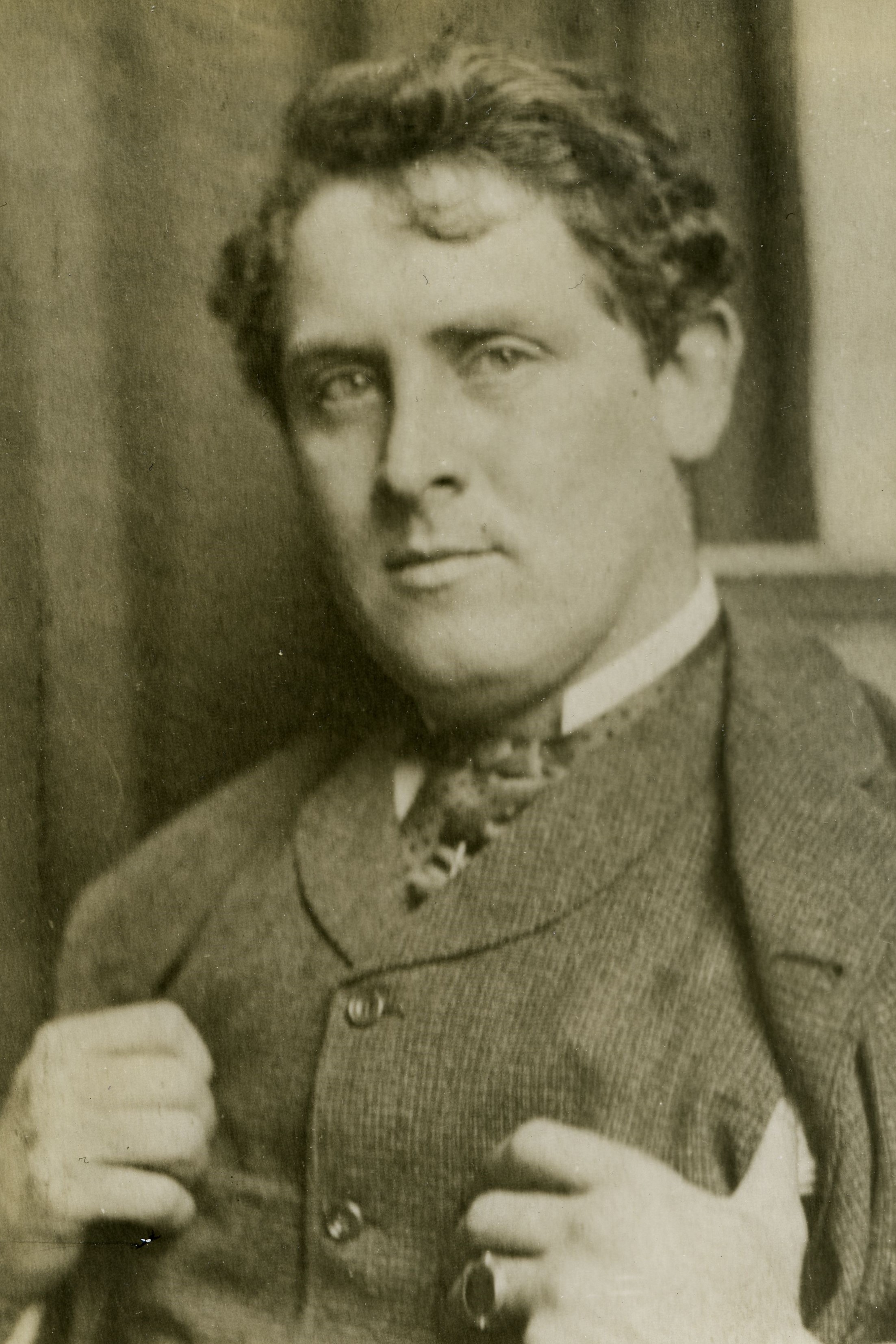Artist
Centurion, 1881–1919
Born 30 August 1852 in West Point, New York
Died 8 December 1919 in New York (Manhattan), New York
Buried Windham Center Cemetery , Windham, Connecticut
, Windham, Connecticut
Proposed by Homer D. Martin, John Durand, and Worthington Whittredge
Elected 5 November 1881 at age twenty-nine
Archivist’s Note: Half-brother of John F. Weir and Robert F. Weir; brother-in-law of Thomas Lincoln Casey; uncle of Edward P. Casey and Thomas Lincoln Casey; grandfather of William Bayard Carlin. In 1921, two years after his death, the Century Association published 
Proposer of:
Seconder of:
Century Memorial
Julian Alden Weir stood in the front rank of the best American painters; and to his achievement in the field of art were added a charm of manner and an impulsive frankness of thought and action, which not only surrounded him with a host of friends, but made him the life of the groups with whom he mingled at the Club. In his profession he was an artist through and through—not satisfied with his own finished work but always striving for something better; experimenting even with his completed pictures; never growing stale; ending his career with the same youthful vigor, in his brush as at its beginning, though the character of the work was very different. A rare facility in drawing, acquired in the studio of Gérome, and a sure touch in color, responding to his own imaginative eye, did not tempt him into hasty facility of craftsmanship. “I have never,” he once wrote of his own work, “drawn or painted a canvas but that it has fallen discouragingly short of what I tried for.” He was as sound in his judgment of the paintings of other artists as he was severe in criticism of his own. The story of his purchase of Rembrandt’s “Portrait of a Man” from a London dealer for the Marquand collection, despite the then seemingly exorbitant price of $25,000, and of the dealer’s subsequent effort to buy it back for $10,000 more, illustrated that side of his artistic judgment.
To his fellow artists as to his Club associates it is the genial good nature, the ever present smile, the cheerful view of life and men, which will surround his memory. The classic outlines of his fine face and figure were associated with an unaffected cordiality that won everybody. His paintings hang in the Luxembourg, in our National Gallery, in the Metropolitan Museum, in practically every important American collection. With the many friends that he left behind him, his personality will remain as vivid a reality as his work.
Alexander Dana Noyes
1920 Century Association Yearbook

